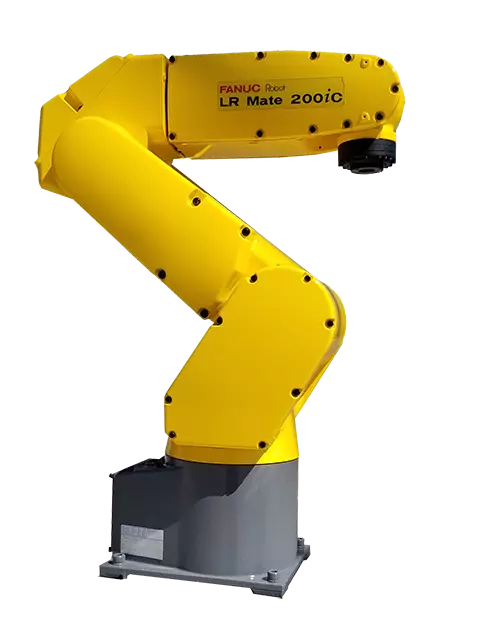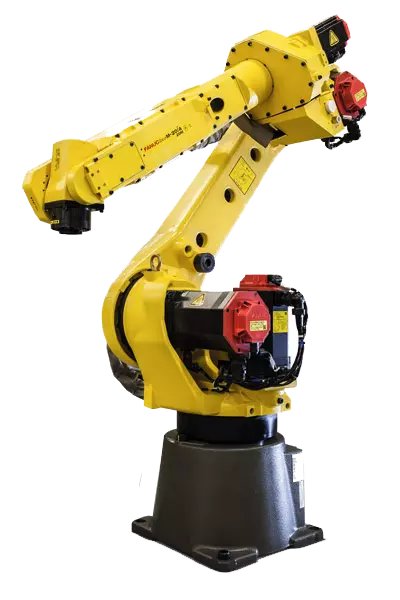Scarce Labor Accelerating the Adoption of Robotics





The industrial robot revolution, also known as Industry 4.0, has been happening for quite some time. Companies have been automating with robots for dangerous and mundane tasks to improve operations, safety, and employee morale. However, there is a new cause behind the recent acceleration of robotic automation and that is scarce labor.
In 2020 COVID-19 brought many industries to a halt with companies sending their workers home. As companies have moved to returning to normal operations over the past several months, one key component is missing, their workers. Millions of jobs have been left vacant as labor has become scarce. Workers are not looking to return to their previous positions. Some of the hardest hit by the unexpected labor shortage are those in manufacturing as skilled trades, such as welding and carpentry, have seen a more rapid decline. Some are seeing the labor shortage as an opportunity to automate with the FANUC Arcmate 120ic and other industrial robots. One third of companies with vacancies say they will be filling them with automation.
The manufacturing sector is the largest user of robotic automation. Automotive manufacturers have the most industrial robots out of any industry. The Motoman MA1440 along with other arc welding robots are common in automotive factories. Close behind the automotive industry is the electronic industry. They bought the most industrial robots last year. The FANUC LR Mate 200ic is ideal for handling the small components of electronic devices. Others investing heavily in articulated robots are those in the aerospace, heavy metals, warehousing, consumer goods, food and beverage, logistics, and agriculture industries. While prior to the labor shortage manufacturers were transitioning to robotic automation, the steep decline in the workforce has rapidly increased this trend.
It is not just the manufacturing industries that are rapidly automating with robots. Scarce labor has led to those in the service industries to automate as well. Last year those in the transportation, cleaning, medical, and hospitality industries all increased their investment in robotic technology.
While companies are investing in robots to solve their labor shortages, there will be other benefits to their businesses. Robots optimize operations with their accuracy, speed, and high repeatability. A single six axis robot can replace several workers due its ability to handle higher workloads and operate for long hours. Productivity rates will increase while cycle times decrease. Robots provide consistent labor that is free from unexpected delays, errors, and turnover. With no salaries or benefits to pay, the cost to manufacture products or run operations decreases. Robotic automation provides companies with the chance to expand their profit potential.
Advancements in robotic technology has made it possible for robots to be applied to more industries and work settings. Costs for industrial robots have also steadily declined making automation feasible for companies of any size and budget. Small robots are some of the most affordable. While the used robot market has many high-quality robots for sale at cost-effective prices. A used ABB 6640 can save buyers nearly 50% the cost of a new robot with many of the same automation benefits.